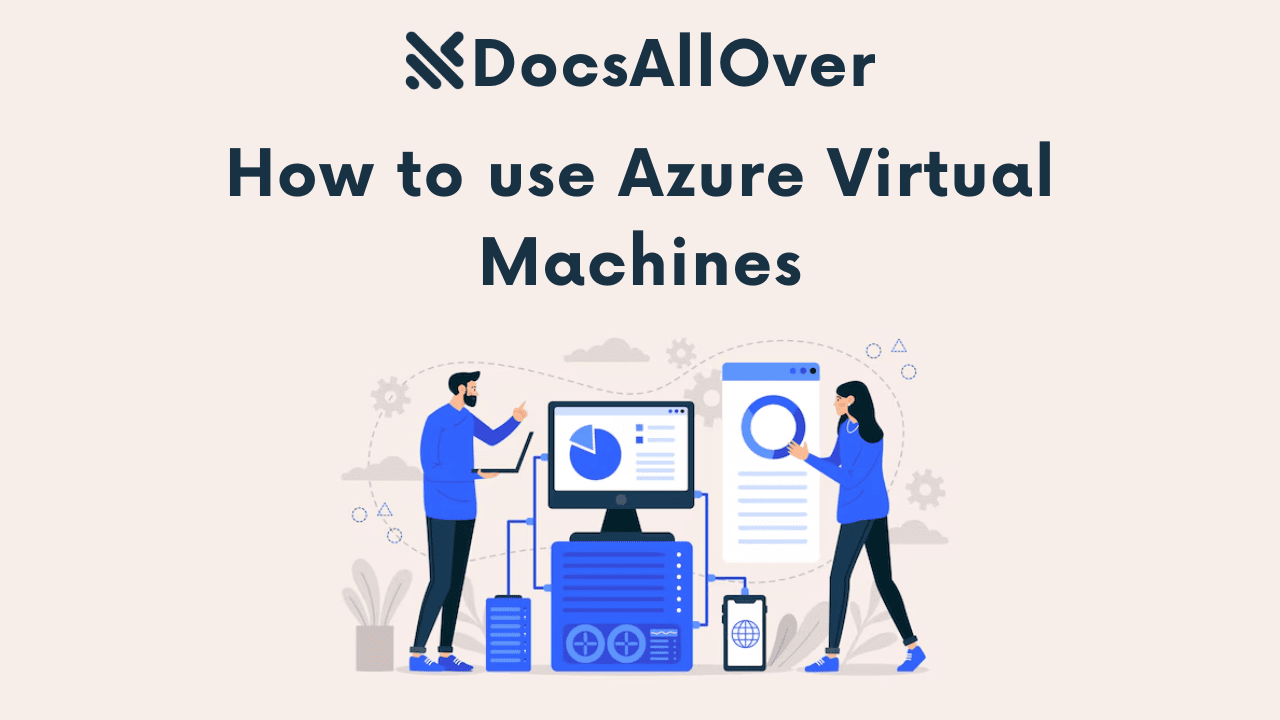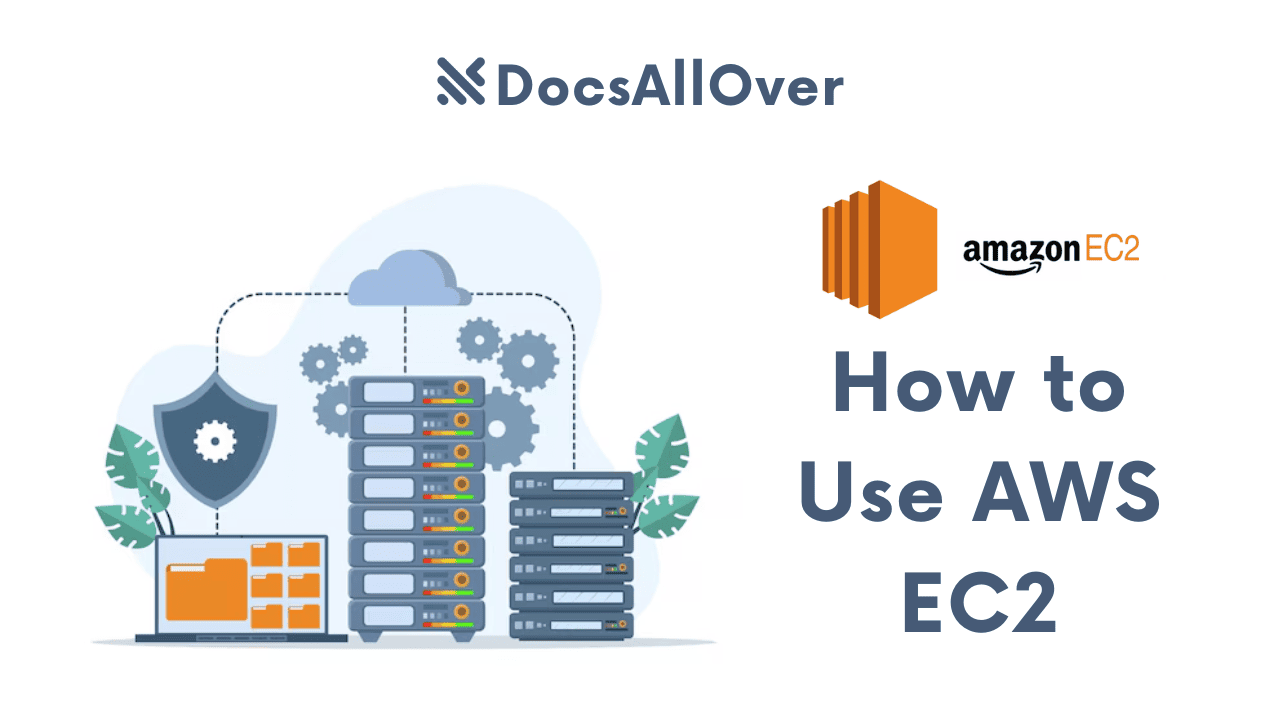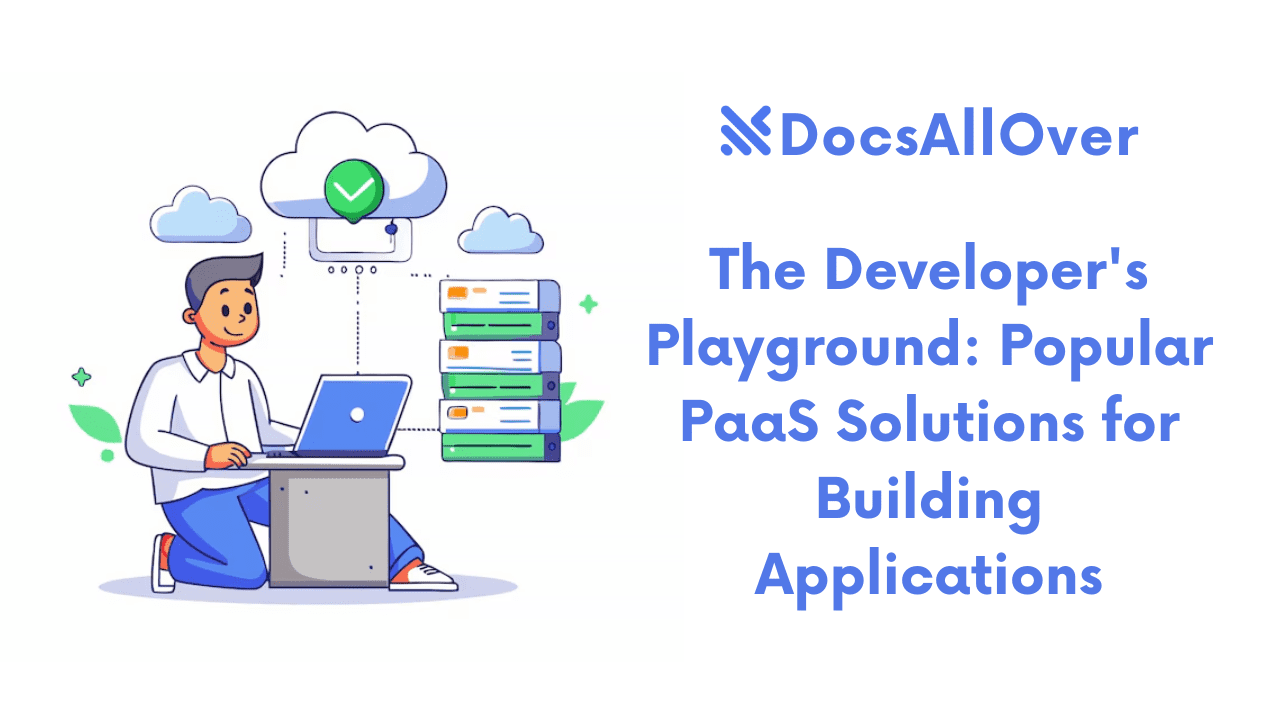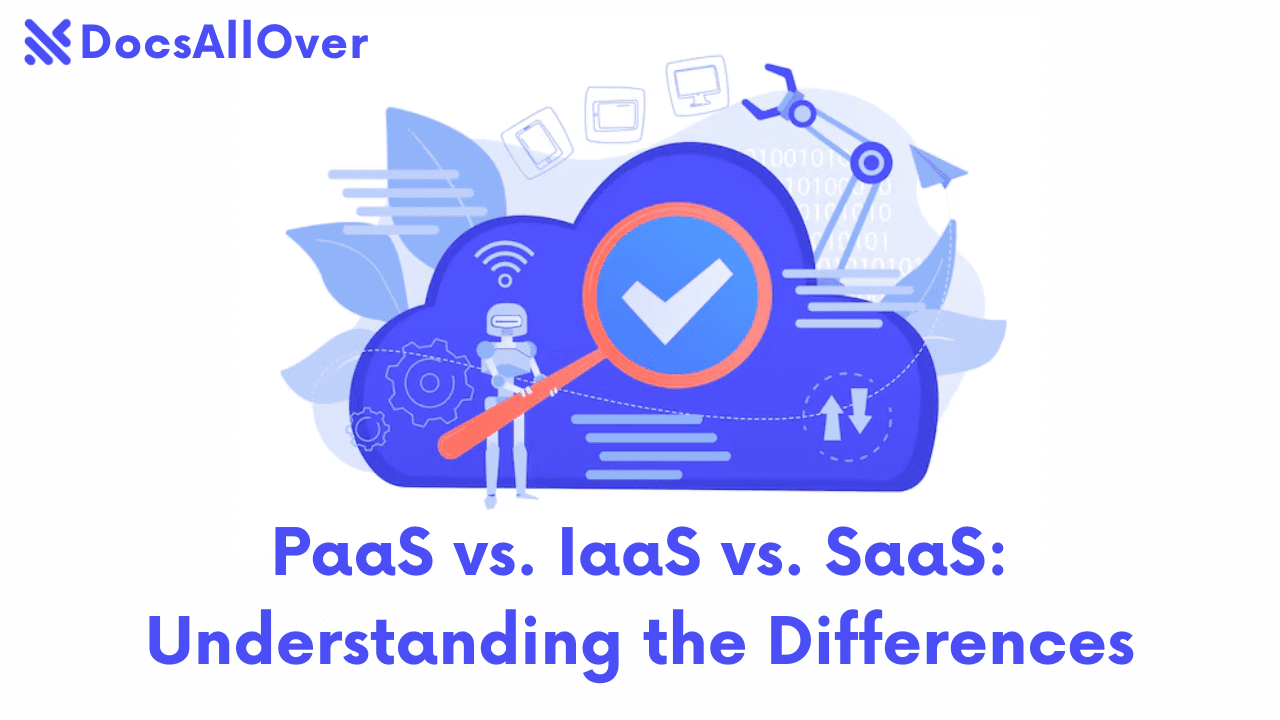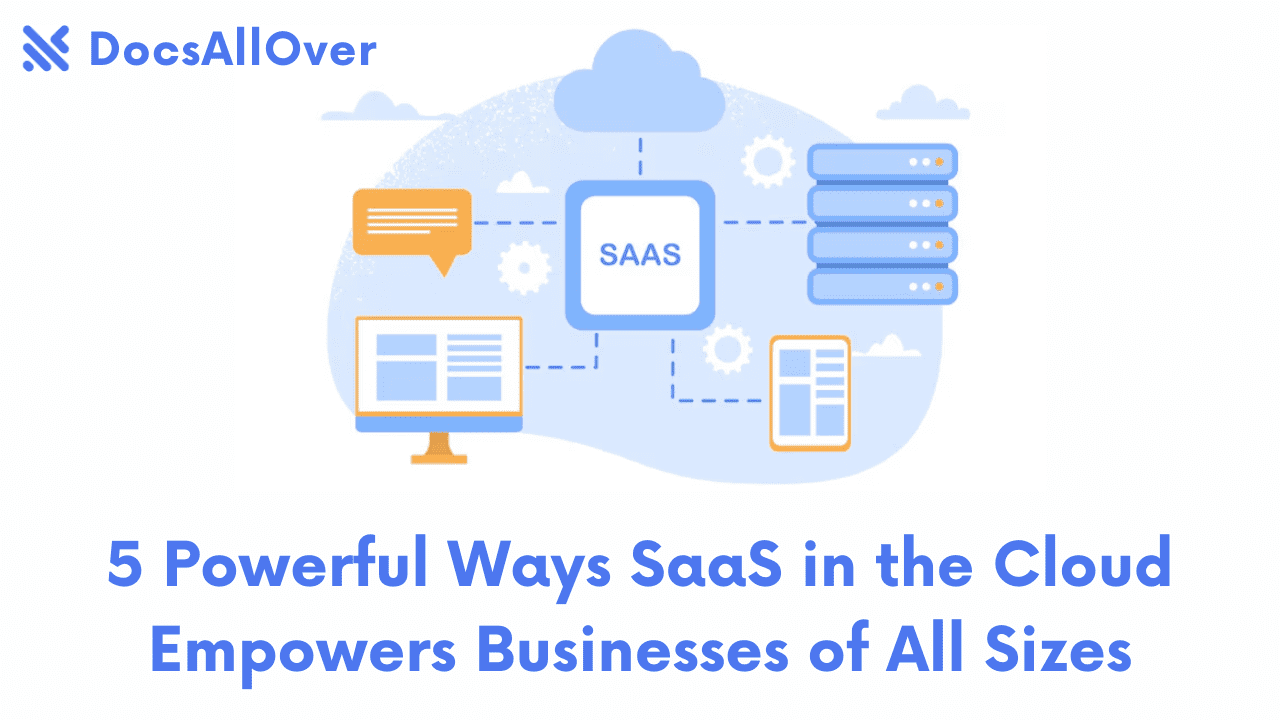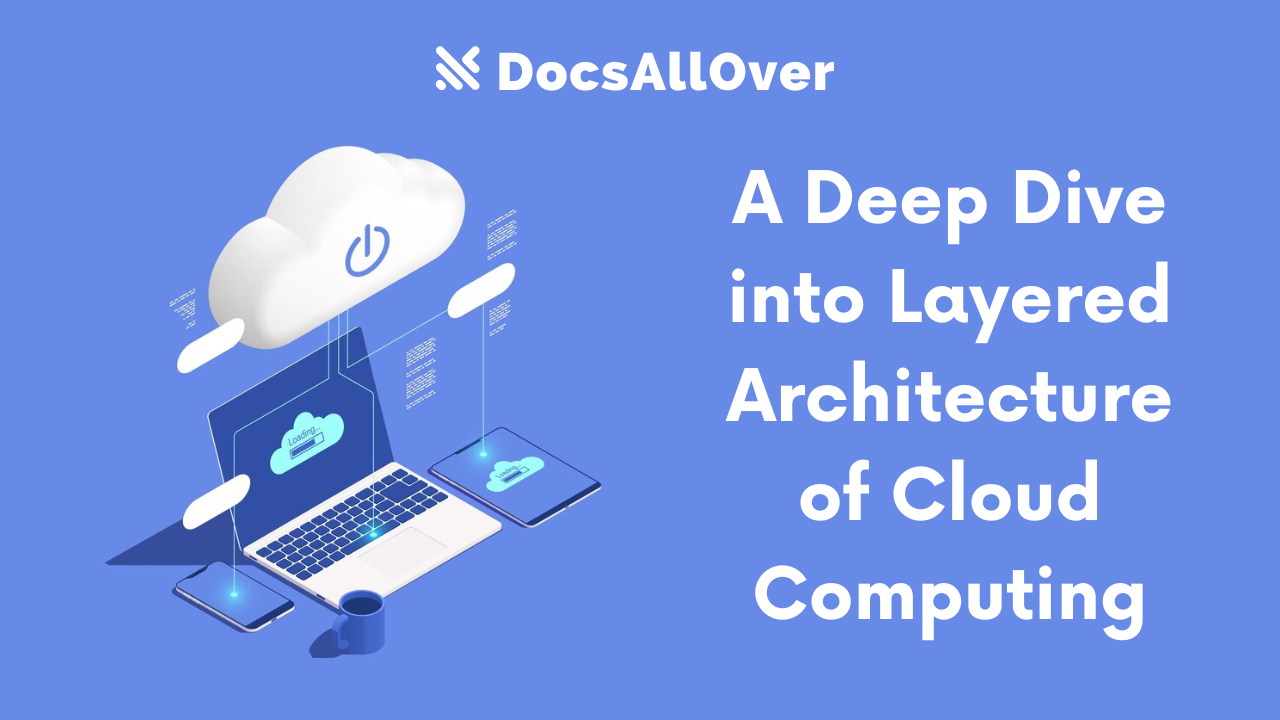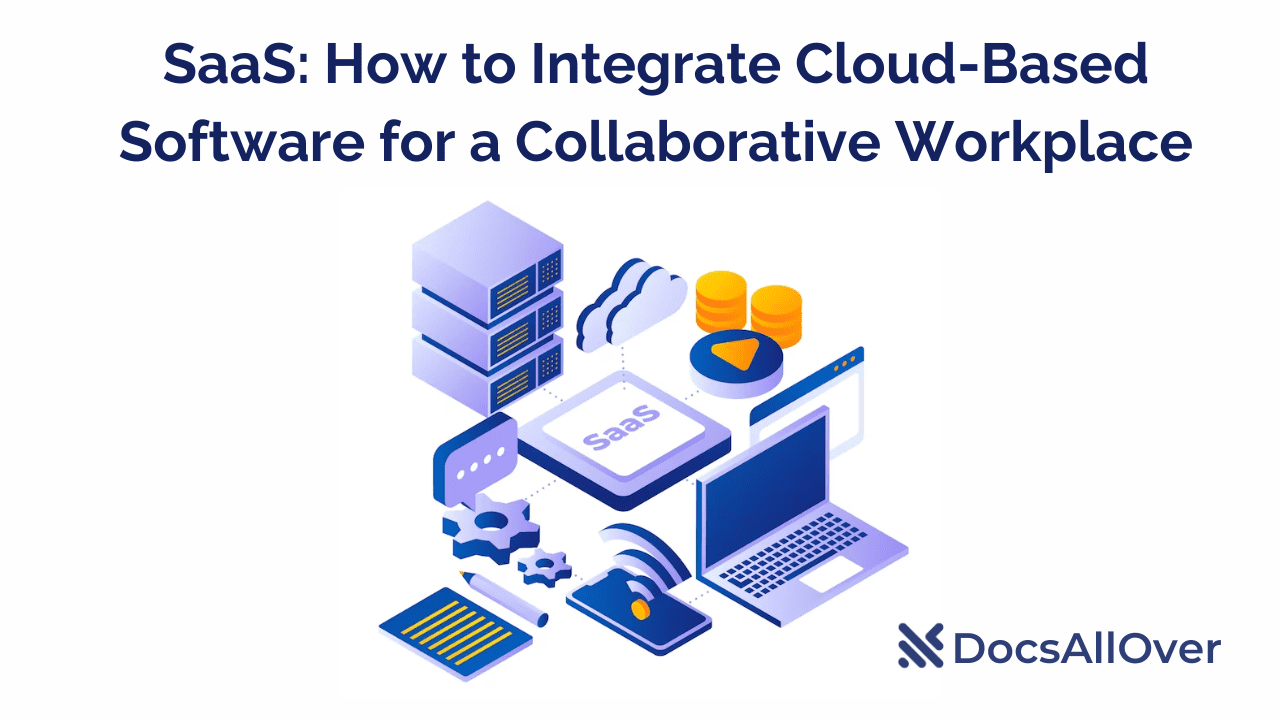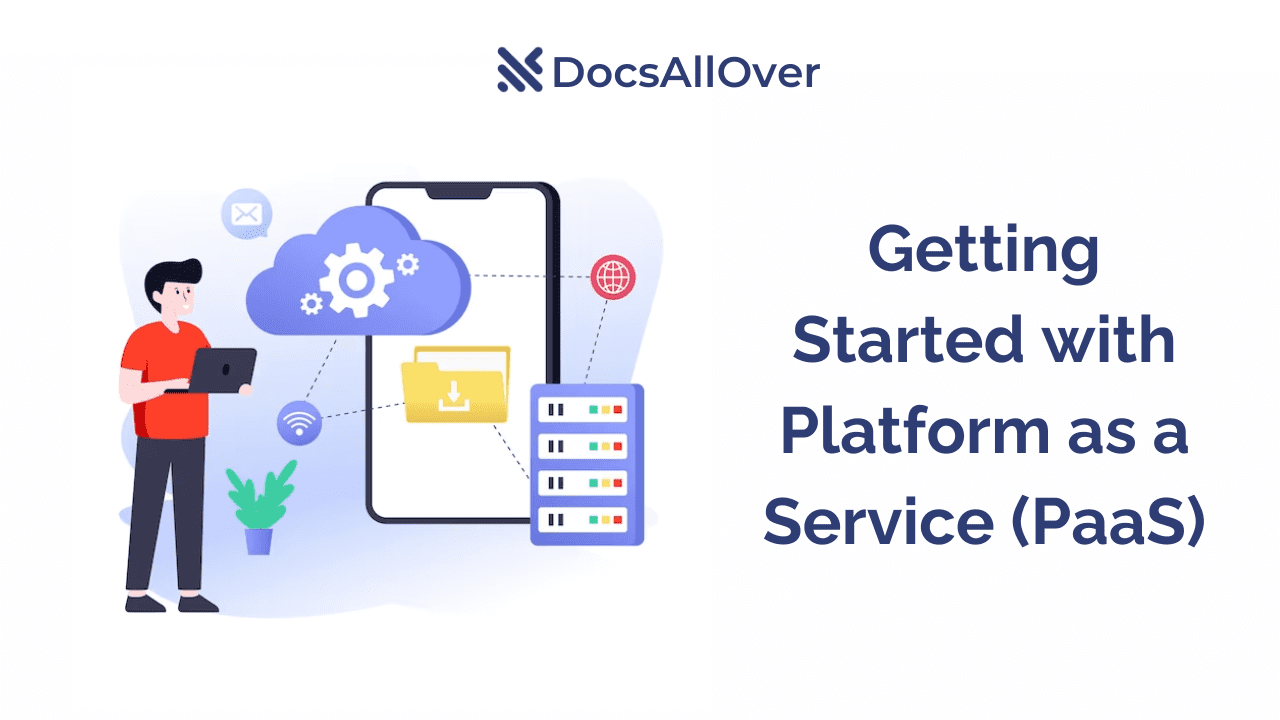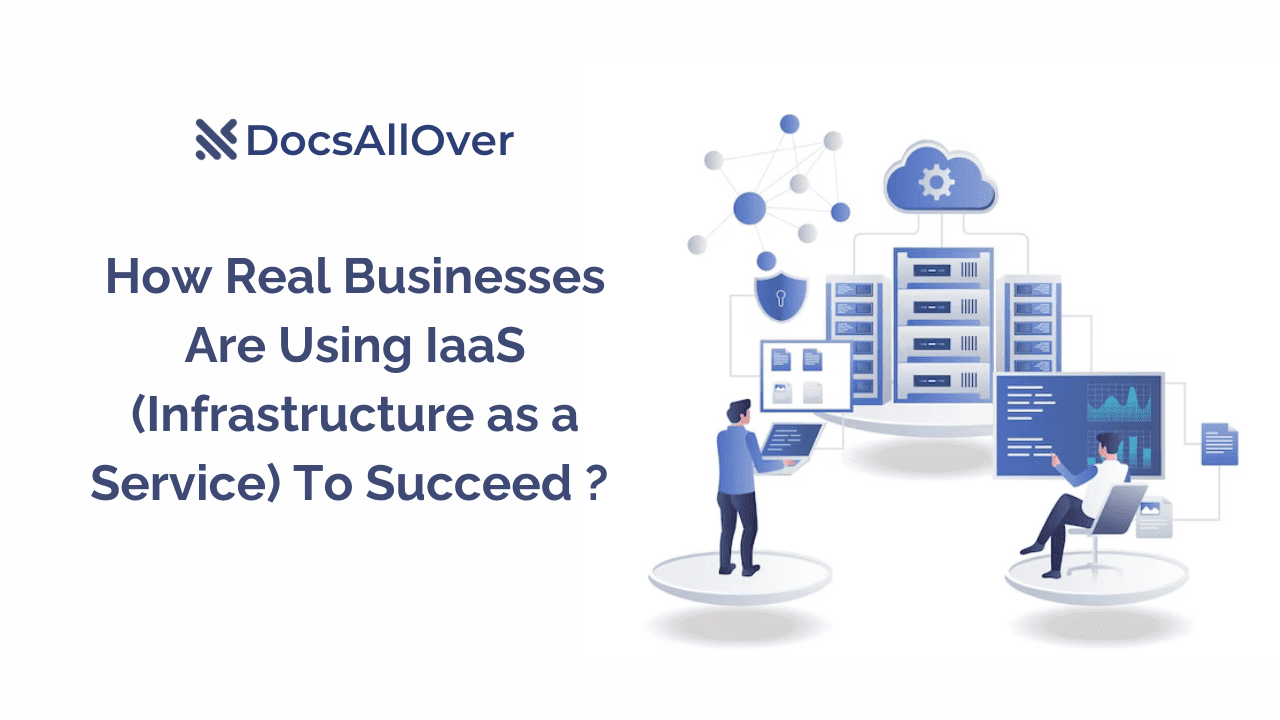How to use Google Compute Engine

What is Google Compute Engine (GCE)?
- Google Compute Engine (GCE) is a service within Google Cloud Platform (GCP) that allows you to create and run virtual machines (VMs) in Google's data centers.
- It provides scalable and customizable infrastructure, enabling you to deploy and manage applications in the cloud.
- Essentially, it provides Infrastructure as a Service (IaaS) where you have control over the operating system, software, and configurations of your VMs.
Why use GCE?
- Flexibility: GCE offers a wide range of machine types and operating systems, allowing you to choose the right configuration for your applications.
- Scalability: Easily scale your infrastructure up or down based on your application's needs.
- Control: You have full control over your VMs, allowing you to install and configure software as needed.
- Integration: GCE integrates seamlessly with other GCP services, enabling you to build complex cloud solutions.
- Performance: Google's global infrastructure provides high performance and reliability.
- Cost-effectiveness: Pay-as-you-go pricing model, allowing you to optimize costs.
Benefits of GCE:
- Customization: Choose from a variety of machine types and operating systems.
- Performance: Leverage Google's global infrastructure for high-performance computing.
- Scalability: Easily scale your infrastructure up or down.
- Reliability: Benefit from Google's robust and redundant infrastructure.
- Cost Optimization: Pay only for what you use.
- Security: Benefit from Google's security infrastructure.
- Global Reach: Deploy VMs in Google's data centers around the world.
- Integration with other GCP services: easy combination with other GCP tools.
Overview of the blog post:
- This blog post will provide a comprehensive guide on how to use Google Compute Engine.
- We will cover the essential steps, from setting up a GCP account to creating and managing VMs.
- We will also explore networking and storage options, advanced GCE features, and best practices for optimizing your infrastructure.
- The goal is to enable readers to effectively utilize GCE for their cloud computing needs.
Getting Started with GCE
Setting up a Google Cloud Platform (GCP) account:
- Visit the Google Cloud Platform website (cloud.google.com).
- Click on "Get started for free" or "Try Free".
- You'll need a Google account. If you don't have one, you can create one.
- Follow the prompts to set up your billing account. Google provides a free tier and a credit for new users.
- You will need to enter credit card information, even for the free tier, for identity verification. Google will not charge you unless you explicitly upgrade to a paid account or exceed the free tier limits.
Navigating the GCP Console:
- Once your account is set up, you'll be directed to the GCP Console.
- The console is the web-based interface for managing your GCP resources.
- Key components:
- Navigation Menu (Hamburger Menu): Access all GCP services and features.
- Search Bar: Quickly find services, resources, and documentation.
- Project Selector: Choose the GCP project you want to work with.
- Dashboard: Provides an overview of your GCP resources and activity.
- Activity Stream: Shows recent actions and events.
Enabling the Compute Engine API:
- Before you can use GCE, you need to enable the Compute Engine API for your project.
- In the GCP Console, use the search bar to find "Compute Engine API".
- Click on the "Compute Engine API" result.
- If the API is not enabled, click the "Enable" button.
- This process activates the necessary services and permissions for using GCE.
Understanding GCP projects:
- A GCP project is a container for all your GCP resources.
- It provides a way to organize and manage your resources, billing, and permissions.
- Each GCP project has:
- A unique project ID.
- A project name.
- A project number.
- You can create multiple projects to isolate different environments (e.g., development, testing, production).
- It is a best practice to create different projects for different applications, or environments.
- Permissions and billing are managed at the project level.
Creating and Managing Virtual Machines (VMs)
Choosing a VM instance type:
- GCE offers a variety of machine types, each with different CPU, memory, and storage configurations.
- Consider your application's requirements when choosing an instance type:
- General-purpose: Suitable for a wide range of workloads.
- Compute-optimized: Designed for compute-intensive applications.
- Memory-optimized: Ideal for memory-intensive workloads.
- GPU-optimized: For applications that require GPUs.
- You can also create custom machine types to precisely match your needs.
- Consider the cost of each instance type, and choose the most cost effective option that meets your needs.
Selecting an operating system:
- GCE supports a wide range of operating systems, including Linux distributions (Debian, Ubuntu, CentOS) and Windows Server.
- Choose an operating system that is compatible with your application.
- Consider the licensing costs associated with certain operating systems (e.g., Windows Server).
- Google also provides container optimized OS's.
Configuring VM settings (network, storage, etc.):
- Configure network settings, such as firewall rules and network interfaces.
- Choose storage options, such as persistent disks or local SSDs.
- Configure security settings, such as service accounts and access scopes.
- Set up startup scripts to automatically install and configure software when the VM starts.
- Configure metadata to pass information to the VM.
Creating a VM instance:
- In the GCP Console, navigate to "Compute Engine" -> "VM instances".
- Click "Create Instance".
- Specify the instance name, region, zone, machine type, operating system, and other settings.
- Click "Create".
- GCE will provision the VM instance.
Connecting to your VM (SSH, RDP):
- SSH (Secure Shell):
- For Linux VMs, use SSH to connect to the VM from your terminal.
- GCP provides a built-in SSH client in the console, or you can use a third-party SSH client (e.g., PuTTY, OpenSSH).
- GCP can automatically generate SSH keys, or you can provide your own.
- RDP (Remote Desktop Protocol):
- For Windows VMs, use RDP to connect to the VM.
- Download the RDP file from the GCP Console or use the Remote Desktop Connection application.
- You will need to set a windows password before using RDP.
Starting, stopping, and deleting VMs:
- In the GCP Console, navigate to "Compute Engine" -> "VM instances".
- Select the VM instance you want to manage.
- Use the "Start", "Stop", and "Delete" buttons to perform the corresponding actions.
- Stopping an instance stops the compute charges, but you are still charged for storage.
- Deleting an Instance removes all data from the instance, including persistent disks if you do not specify to keep them.
Networking in GCE
Understanding Virtual Private Cloud (VPC) networks:
- A Virtual Private Cloud (VPC) network is a logically isolated section of the Google Cloud Platform network.
- It allows you to define and control your network topology, IP address ranges, and network security.
- VPCs provide private connectivity for your GCE instances.
- You can create multiple VPC networks and connect them using VPC peering or VPN.
- Within a VPC, you create subnets, which are ranges of IP addresses.
- GCE instances are launched inside of subnets.
- Default VPC networks are automatically created when you create a new GCP project.
Firewall rules and network security:
- Firewall rules control inbound and outbound network traffic to your GCE instances.
- You can create firewall rules to allow or deny traffic based on IP addresses, ports, and protocols.
- Firewall rules are applied at the VPC network level.
- It is a best practice to follow the principle of least privilege, only allowing necessary traffic.
- GCP provides default firewall rules, but you should review and customize them.
- Firewall rules are stateful, meaning that return traffic for allowed inbound traffic is automatically allowed.
External and internal IP addresses:
- External IP addresses:
- Allow your GCE instances to communicate with the internet.
- Can be ephemeral (temporary) or static (reserved).
- Ephemeral external IPs are assigned when the instance starts and released when it stops.
- Static external IPs are reserved and remain assigned to your project until you release them.
- Internal IP addresses:
- Allow your GCE instances to communicate with each other within the same VPC network.
- Are assigned from the subnet's IP address range.
- Provide private connectivity and security.
Creating and managing network interfaces:
- A network interface connects a GCE instance to a VPC network.
- Each GCE instance has at least one network interface.
- You can create and attach multiple network interfaces to a GCE instance.
- Network interfaces can be configured with internal and external IP addresses.
- You can configure network interfaces to use different subnets or VPC networks.
- Network interfaces are useful for creating multi-homed instances or for separating network traffic.
Storage Options in GCE
Persistent disks:
- Persistent disks are durable block storage devices that are attached to your GCE instances.
- Data on persistent disks persists even when the VM instance is stopped or deleted (if you configure it to).
- They offer high performance and reliability.
- You can choose from different persistent disk types (e.g., standard, balanced, SSD) based on your performance requirements.
- Persistent disks are zonal resources, meaning they reside within a specific zone.
- They can be resized without stopping the VM.
- They can be used as boot disks or data disks.
Local SSDs:
- Local SSDs are physically attached to the server hosting your GCE instance.
- They offer very high performance and low latency.
- Data on local SSDs is ephemeral and is lost when the VM instance is stopped or deleted.
- Local SSDs are ideal for applications that require high I/O performance and can tolerate data loss.
- They are best used for temporary storage, caches, or scratch disks.
- They are not bootable.
Cloud Storage integration:
- Google Cloud Storage (GCS) is an object storage service that provides scalable and durable storage for unstructured data.
- You can integrate GCE with GCS to store and retrieve data.
- GCS is ideal for storing backups, log files, and other large datasets.
- You can use the
gsutilcommand-line tool or the Cloud Storage client libraries to interact with GCS. - GCS is a global service, and data is stored in buckets.
- You can mount cloud storage buckets to GCE instances using tools like gcsfuse.
Creating and attaching disks:
- You can create persistent disks using the GCP Console,
gcloudcommand-line tool, or the Compute Engine API. - When creating a disk, you can specify the disk type, size, and zone.
- You can attach existing persistent disks to GCE instances.
- You can attach multiple disks to a single GCE instance.
- You can also create disks from snapshots or images.
- When creating an instance, you can specify that a new boot disk be created, or specify an existing disk.
Managing disk snapshots:
- Snapshots are point-in-time copies of persistent disks.
- They are used for backups and disaster recovery.
- Snapshots are stored in Cloud Storage and are regional resources.
- You can create snapshots manually or automatically using schedules.
- You can create new persistent disks from snapshots.
- Snapshots are incremental, meaning only the changes since the last snapshot are stored.
- Snapshots allow you to quickly restore a previous state of your data.
Advanced GCE Features
Instance groups and load balancing:
- Instance groups:
- Allow you to manage a group of identical VM instances as a single entity.
- Managed instance groups automatically scale your application based on demand.
- Unmanaged instance groups allow for grouping dissimilar instances.
- Load balancing:
- Distributes incoming traffic across multiple VM instances in an instance group.
- Improves application availability and performance.
- GCE offers various load balancing options, including HTTP(S), TCP/UDP, and internal load balancing.
- Load balancing provides health checks to ensure that traffic is only sent to healthy instances.
- Used for high availability applications.
Preemptible VMs:
- Preemptible VMs are low-cost VMs that can be preempted (terminated) by GCE if resources are needed for other tasks.
- They are ideal for fault-tolerant workloads, such as batch processing or data analysis.
- They offer significant cost savings compared to regular VMs.
- They are not suitable for critical applications that require high availability.
- Good for workloads that can handle interruptions.
Custom machine types:
- Allow you to create VM instances with custom CPU and memory configurations.
- Provides greater flexibility and control over your infrastructure.
- Ideal for applications with specific resource requirements.
- Can help to optimize costs by right-sizing your VMs.
Using startup scripts:
- Startup scripts are scripts that are automatically executed when a VM instance starts.
- They can be used to install software, configure settings, and start applications.
- Startup scripts can be written in various scripting languages (e.g., Bash, Python).
- They are useful for automating the configuration of your VMs.
- They are stored in VM metadata.
Managing VM metadata:
- VM metadata allows you to store and retrieve key-value pairs associated with your VM instances.
- Metadata can be used to pass configuration information, environment variables, and other data to your VMs.
- Metadata can be accessed from within the VM using the metadata server.
- Metadata is useful for storing sensitive information that should not be hardcoded in your application.
- Metadata is also used by startup scripts.
Best Practices and Tips
Security best practices:
- Principle of Least Privilege: Grant only necessary permissions to users and service accounts.
- Firewall Rules: Configure firewall rules to allow only necessary traffic.
- SSH Keys: Use strong SSH keys and disable password-based authentication.
- Regular Updates: Keep your operating system and software up-to-date.
- Security Scanning: Regularly scan your VMs for vulnerabilities.
- IAM (Identity and Access Management): Use IAM to manage access to your GCP resources.
- HTTPS: Use HTTPS to encrypt communication between clients and your VMs.
- Security Audits: Conduct regular security audits.
- Network Segmentation: Use VPC networks and subnets to segment your network.
- Service Accounts: Use service accounts for applications running on your VMs.
- Encryption: Encrypt sensitive data at rest and in transit.
Cost optimization strategies:
- Right-Sizing VMs: Choose the appropriate machine type and size for your workload.
- Preemptible VMs: Use preemptible VMs for fault-tolerant workloads.
- Sustained Use Discounts: Benefit from sustained use discounts for long-running VMs.
- Committed Use Discounts: Purchase committed use discounts for predictable workloads.
- Autoscaling: Use autoscaling to automatically scale your infrastructure based on demand.
- Spot VMs: Use spot VMs for cost effective computing.
- Storage Optimization: Use appropriate storage types and sizes.
- Resource Monitoring: Monitor your resource usage and identify opportunities for optimization.
- Shutdown Idle VMs: Stop VMs when they are not in use.
- Use Managed Services: When possible, use managed GCP services to reduce operational overhead.
Monitoring and logging:
- Cloud Monitoring: Use Cloud Monitoring to monitor the performance and health of your VMs.
- Cloud Logging: Use Cloud Logging to collect and analyze logs from your VMs.
- Alerting: Set up alerts to notify you of critical events.
- Metrics: Monitor key metrics, such as CPU utilization, memory usage, and network traffic.
- Log Analysis: Analyze logs to identify issues and troubleshoot problems.
- Dashboards: Create dashboards to visualize your monitoring data.
- Third-party tools: Integrate with third-party monitoring and logging tools.
Automation with gcloud CLI or APIs:
- gcloud CLI: Use the
gcloudcommand-line tool to automate GCE tasks. - APIs: Use the Compute Engine API to programmatically manage your VMs.
- Infrastructure as Code (IaC): Use tools like Terraform or Deployment Manager to define and manage your infrastructure as code.
- Scripts: Write scripts to autonmate repetitive tasks.
- CI/CD: Integrate GCE with your CI/CD pipeline.
- Automation Benefits:
- Increased efficiency.
- Reduced manual errors.
- Improved consistency.
- Faster deployments.
- Scalability.

